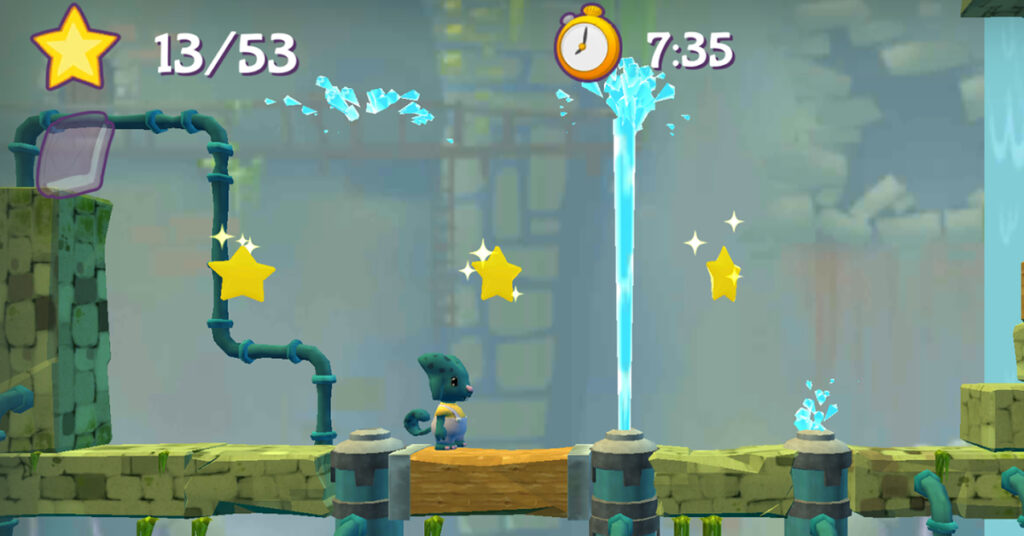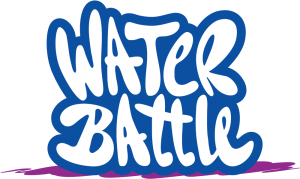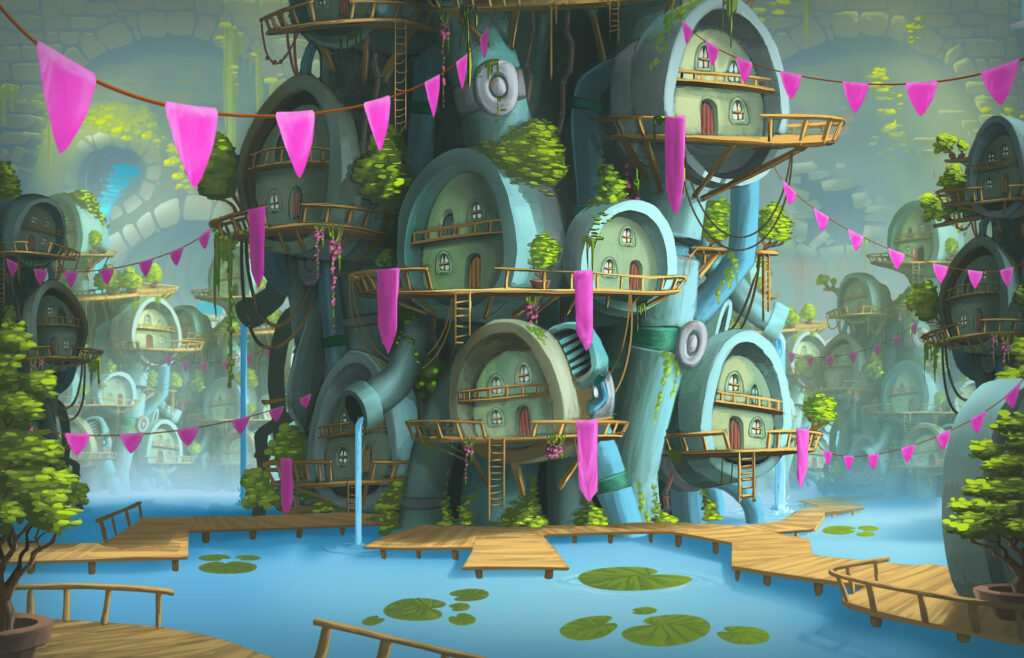As a water company, it is important to keep customers satisfied and engaged. Gamification and serious games make the user experience fun and keep users engaged by providing a playful experience with meaningful rewards, challenging objectives, and, a rich game story and characters. By providing a fun user experience, customers gain a positive association with their water company. In this way, customers comfortably associate themselves with their water company’s brand.
The basis for customer satisfaction is, of course, delivering a good product. Yet consumers today expect more from a company than a well-functioning product or a valuable service. The customer wants to be well served in case of complaints, interact with a brand online, and develop a bond with the company. It’s almost like a serious relationship!
For companies, building such a customer relationship is very useful. Especially for companies in a competitive industry. The stronger the customer relationship is, the less likely the customer will defect to the competition.
Okay, but, why is this interesting for a water company? Consumers can’t even choose a water company. As long as clean water comes out of the tap, the customer is satisfied, right?
A satisfied customer is no guarantee; not even for a water company
Even though water companies are in a monopoly, the customer still has a choice. For example, bottled drinking water is available in stores. Additionally, there are systems to filter rainwater yourself. In countries where the drinking water is not as good, the switch to bottled water is increasingly being made. There are two reasons for this:
- Bottled water brands invest more time and money in marketing to convince the target audience of their product.
- There is more doubt about the quality of tap water (which can also be a consequence of the first reason).
Online complaints by customers are seen by the general public and this does not paint a good picture of a water company. A complaint on Facebook or Twitter is written in no time. The problem for water companies is that this message will be seen by everyone. Every online complaint will cause people to have more doubts about the quality of tap water and possibly switch to bottled water.
How to increase customer satisfaction with gamification
When a customer is satisfied with your business, he or she will stay with you and, of course, bring in sales. But you can get much more value out of a satisfied customer. Think about collecting customer feedback, getting marketing endorsement from satisfied customers, and even addressing social/internal problems together with them.
A good example of getting value out of your customer through games is the Water Battle: a serious game developed together with Vitens Water, the biggest water utility in the Netherlands. Vitens observed that the company’s water production system used a lot of energy during peak hours of water consumption. During these peak hours, the water pumps have to run extra hard to purify the water. This costs energy, money and is also bad for the environment.

Vitens used the serious game, Water Battle, to playfully motivate their customers to save water. In three months, the game ensured that the participating households reduced their water consumption by 7% and they learned more about sustainable water consumption. .
In doing so, the company’s goal was achieved, and customer satisfaction was also improved. The player receives in-game tips and quizzes on water conservation. In this way, the customer learns more about water saving. These tips can in turn be applied in the customer’s daily life. All these interactions ensure customers have a positive experience with their water company.
The above case is an example of a water company using gamification to increase customer satisfaction and solve a problem. Other situations where gamification can be used to provide a richer user experience and increase customer satisfaction are:
- Acquiring new customers
- Marketing and branding
- Collecting customer feedback
Why does gamification work to increase customer satisfaction?
You have read the Water Battle example where Vitens successfully used gamification to increase customer satisfaction. But what is the power of gamification and why does it work so well?
The most important reason is that gamification is fun! Gamification takes advantage of this by using game elements such as challenges, competition, rewards, and leaderboards. Often you also compete against other players. For example, with the Water Battle, there was competition between different neighborhoods. The Water Battle campaign was interested in which district saved the most water?
Read more: ‘Motivating consumers to save water through gamification‘.
In the case of serious games, users are immersed in a rich experience with exciting characters and an attractive game world. These visual aspects ensure that the target group plays longer and more often. In addition, a serious game provides a relaxed and accessible environment for effective knowledge transfer and behavioural change.
Would you like to know more about the Water Battle? Please feel free to contact us!

